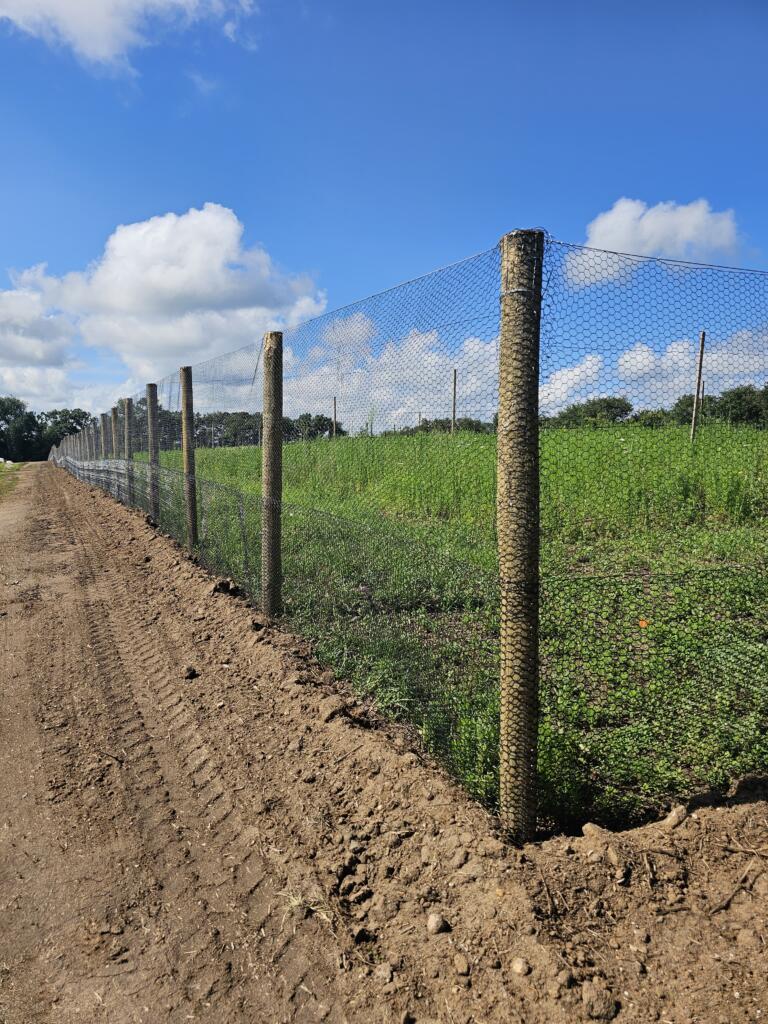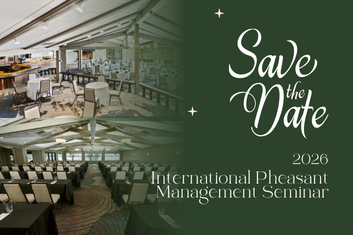Choosing the Best Bedding for Pheasants and Game Birds
At MacFarlane Pheasants, we understand that even the smallest decisions can make a big impact on bird health and performance. One of the most important choices you’ll make, whether you’re raising pheasants, chukars, or other game birds, is selecting the best bird bedding.
We’ve tested countless options over the years, and we’re sharing what we’ve learned to help you choose the best bedding for chicks, adult birds, and breeders alike.
Best Bedding for Chicks in the Brooder Barn
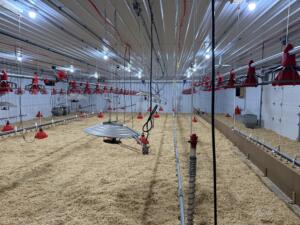 For the first three weeks of life, young pheasants require bedding that is absorbent, safe, and insulating.
For the first three weeks of life, young pheasants require bedding that is absorbent, safe, and insulating.
While many farms use wood shavings, we’ve found that typical shavings vary in size and often contain small particles that can cause serious problems for chicks. Chicks may ingest fine wood particles, which can lead to gizzard impaction and starvation.
Burlap or brooder paper is another bedding option used by some farms. These materials can work well in the early days if changed as soon as they become soiled. However, we’ve found that dried pine chips outperform these alternatives in both insulation and absorption.
We’ve found that dried pine chips outperform these alternatives in both insulation and absorption. We use large, kiln-dried pine chips sourced from Equustock Guardian Shavings from Missouri to prevent this. Their shavings are uniform in size (about one inch), dust-free, and made from fresh-cut logs, not recycled material. This ensures a consistent, safe product that eliminates moisture and reduces the risk of mold or bacterial growth. For anyone seeking the best chick bedding or best brooder bedding, this is what we recommend.
Bedding for Older Birds: Straw in the B-Room
After three weeks, our birds move into the B-room where they remain until about seven weeks of age. Here, we switch from pine chips to wheat straw. On our farm, material is locally sourced and offers excellent insulation and low dust, making it an ideal game bird bedding for older chicks. It’s easy to store in bulk and helps maintain a cleaner, drier environment.
To maintain bird health, we keep extra bales of straw on hand to “top dress” dirty areas with fresh bedding. This helps avoid the buildup of moisture and mold, which can create respiratory issues and increase humidity in the barns. Clean, dry bedding is essential to raising strong, healthy birds.
Bedding for Egg-Laying Pens & Outdoors
 In our breeder barns and outside pens, bedding serves a dual purpose: maintaining cleanliness and supporting natural behaviors. We use bales of straw or alfalfa to provide shelter and comfort for laying hens and space for males to escape aggressive interactions. Alfalfa is particularly useful when birds show signs of picking, helping to redirect behavior.
In our breeder barns and outside pens, bedding serves a dual purpose: maintaining cleanliness and supporting natural behaviors. We use bales of straw or alfalfa to provide shelter and comfort for laying hens and space for males to escape aggressive interactions. Alfalfa is particularly useful when birds show signs of picking, helping to redirect behavior.
During wet months, especially April and May, we use baled grass in egg-laying pens. This material does a better job of keeping eggs off the ground, weaving together to stay intact and keep eggs dry. Unlike wheat straw, which can allow eggs to slide into the mud, grass bedding supports higher egg quality by preventing contact with moisture and bacteria.
When transitioning birds to outdoor pens, we use straw in all four corners to prevent piling and provide soft, cushioned areas. This simple step helps reduce injury and improves comfort during the early days of outdoor acclimation.
A Local and Sustainable Approach
We’re proud to source much of our game bird bedding locally, working with Wisconsin farmers to support sustainable practices. Straw, alfalfa, and grass are harvested and baled nearby, helping us reduce transportation costs and build strong community relationships.
We encourage other game bird producers and homesteaders to consider local options with the same qualities: dust-free, absorbent, insulating, and safe for birds. The best bedding for birds doesn’t have to come from far away, it just has to be effective and safe.
Get More Tips from MacFarlane Pheasants
Whether you’re new to raising pheasants or looking to refine your setup, choosing the right bedding is critical to bird health, growth, and comfort. From the brooder to the breeder barn, the materials you use matter. If you’re unsure where to start or want more advice on the best bedding for pheasants, reach out to our team, we’re always happy to share our experience.
For more tips on raising pheasants, see our complete list of rearing tips or download our free ebook, The Insider’s Guide to Pheasant Rearing.
Related Posts
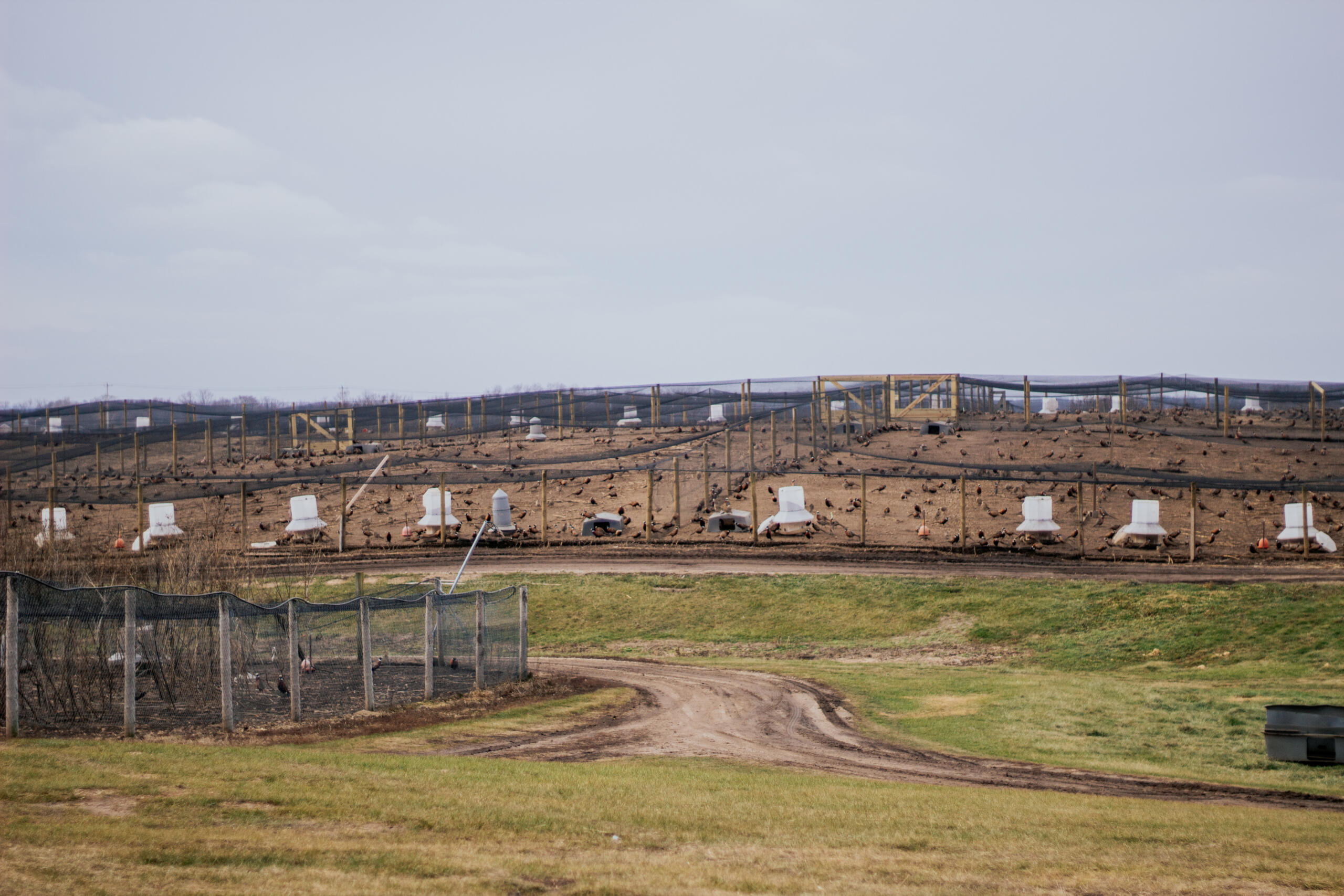
Preparing Our Barns & Pens Each Spring
Read Post
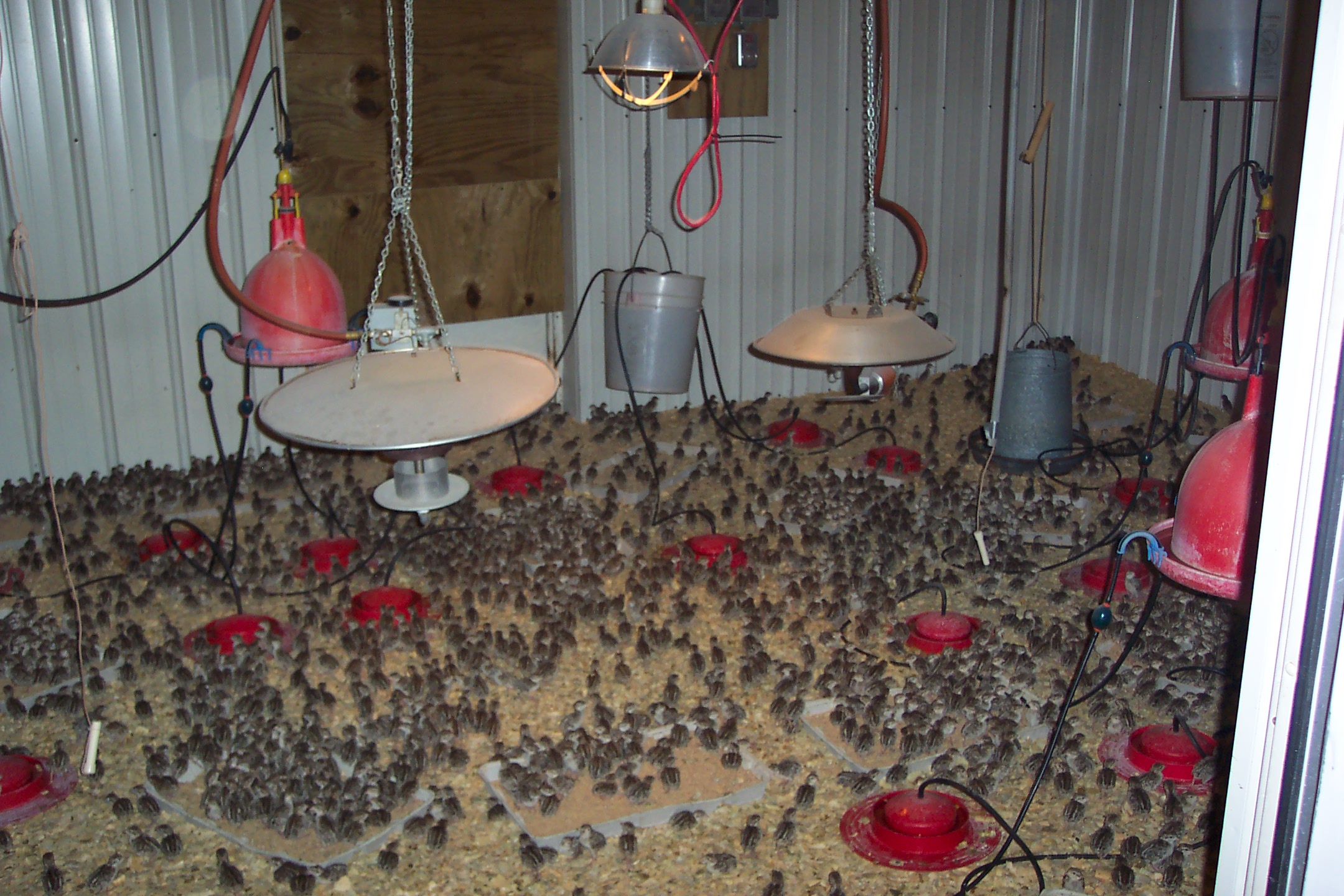
How We Prepare For Brooding Our Chicks
Read Post
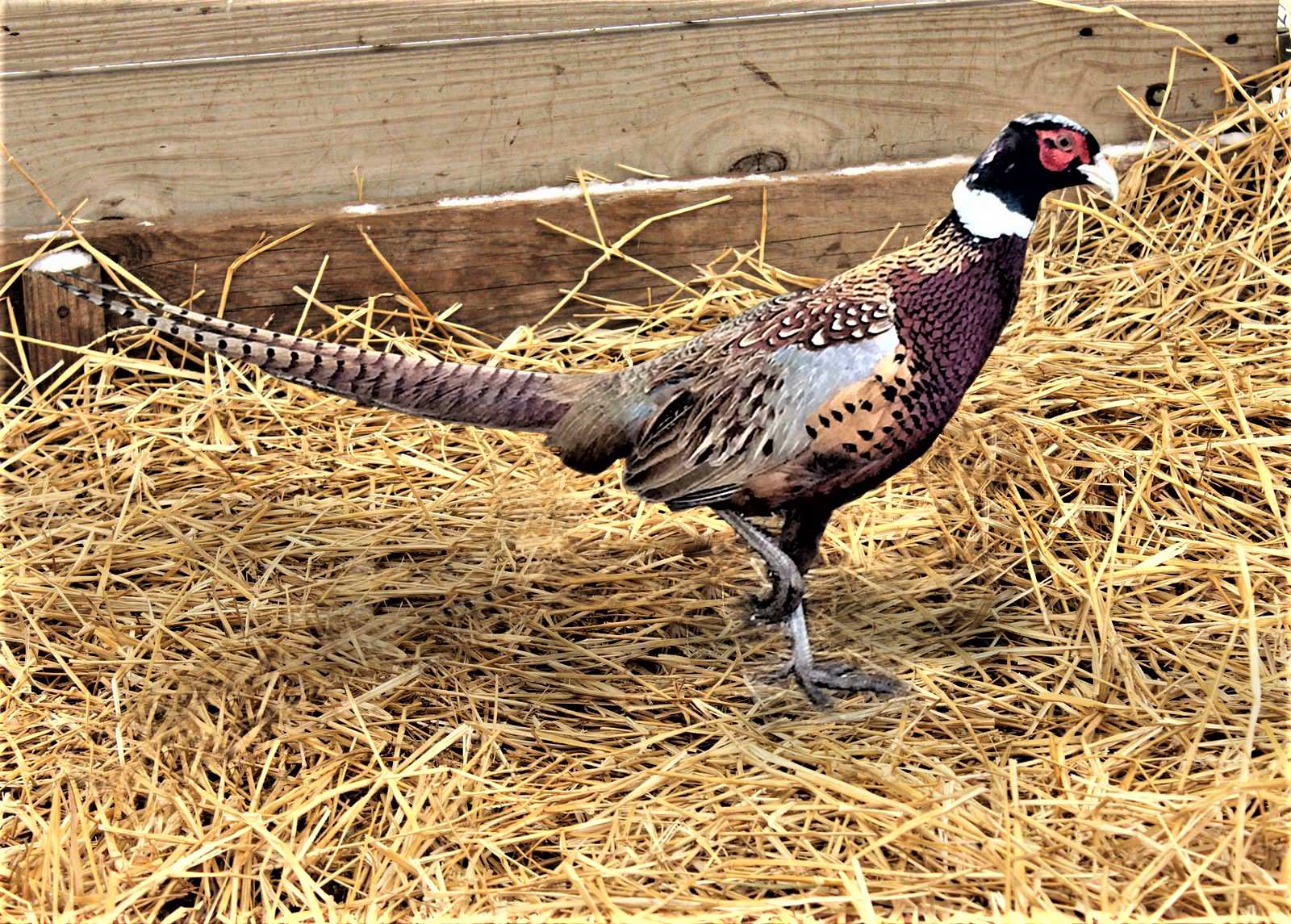
Our Milton Farm in 2024!
Read Post

10 Ways To Get the Most Out Of Brooder Barns
Read Post
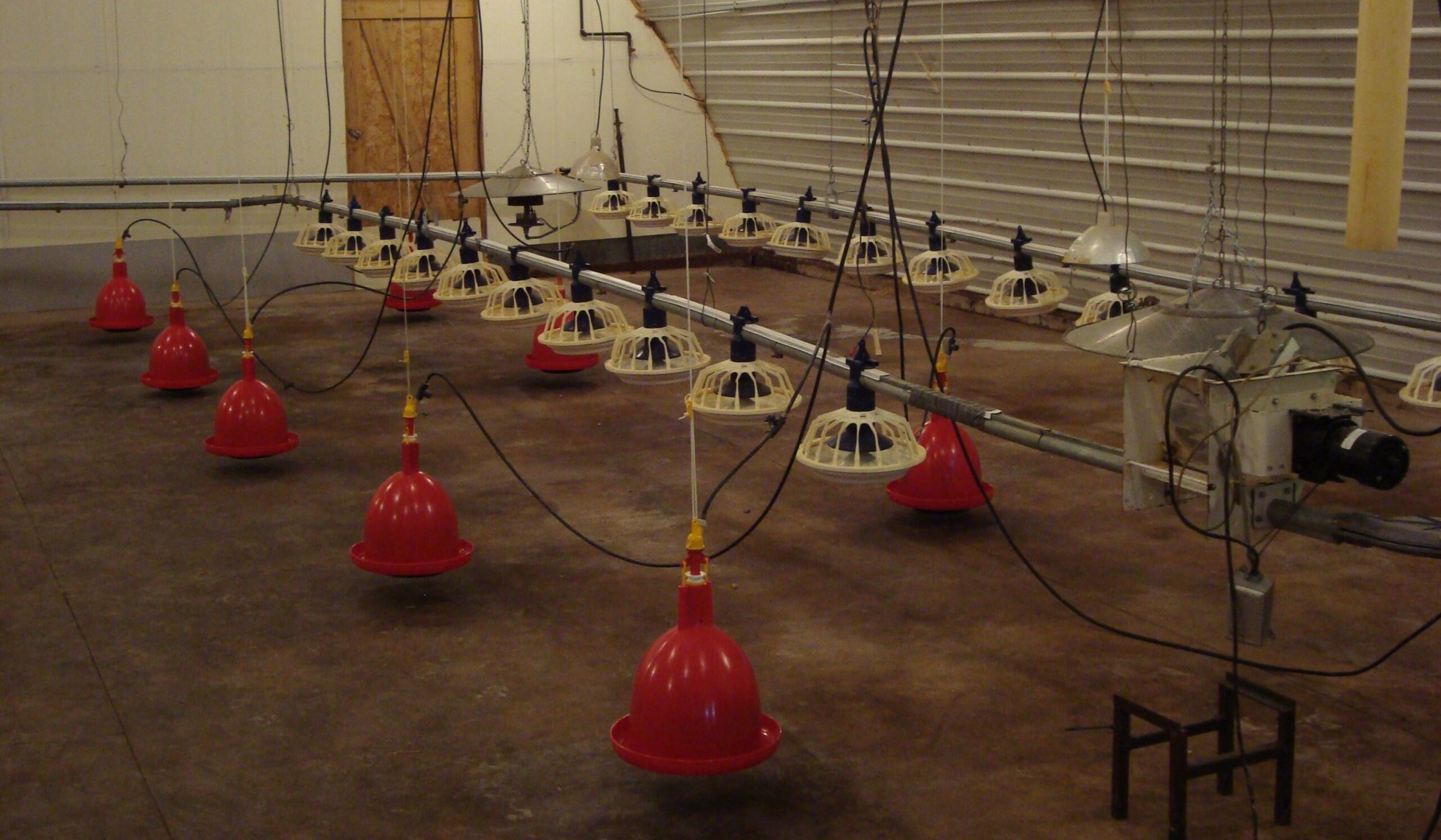
6 Feed and Water Procedures to Keep MacFarlane Pheasants Healthy
Read Post
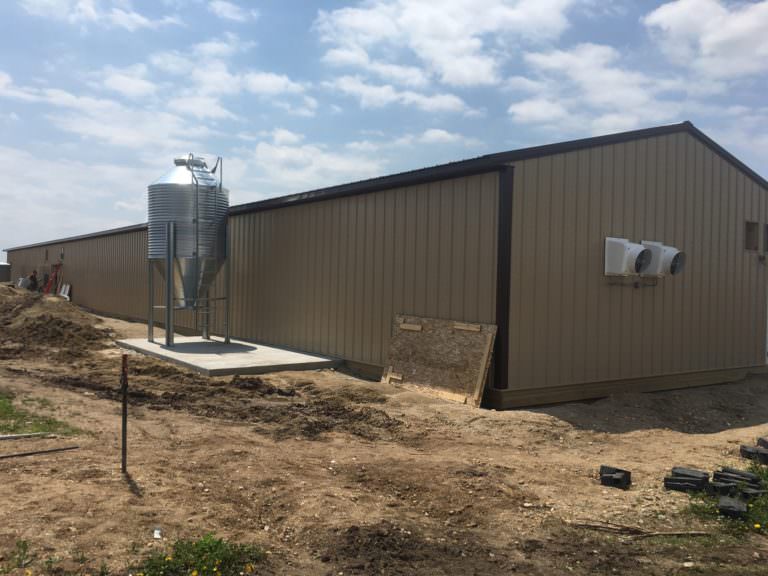
Air Flow in Barns
Read Post
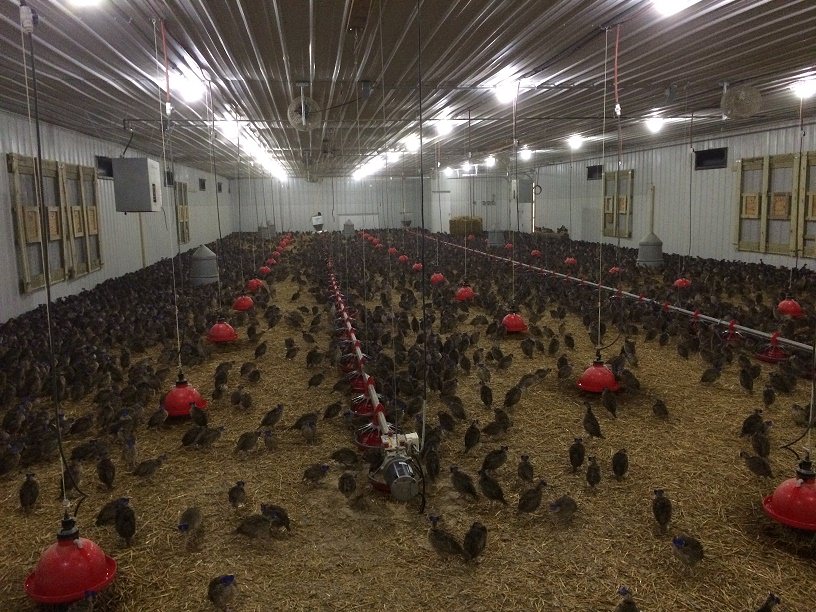
Barn Maintenance at MacFarlane Pheasants’ Milton Farm
Read Post
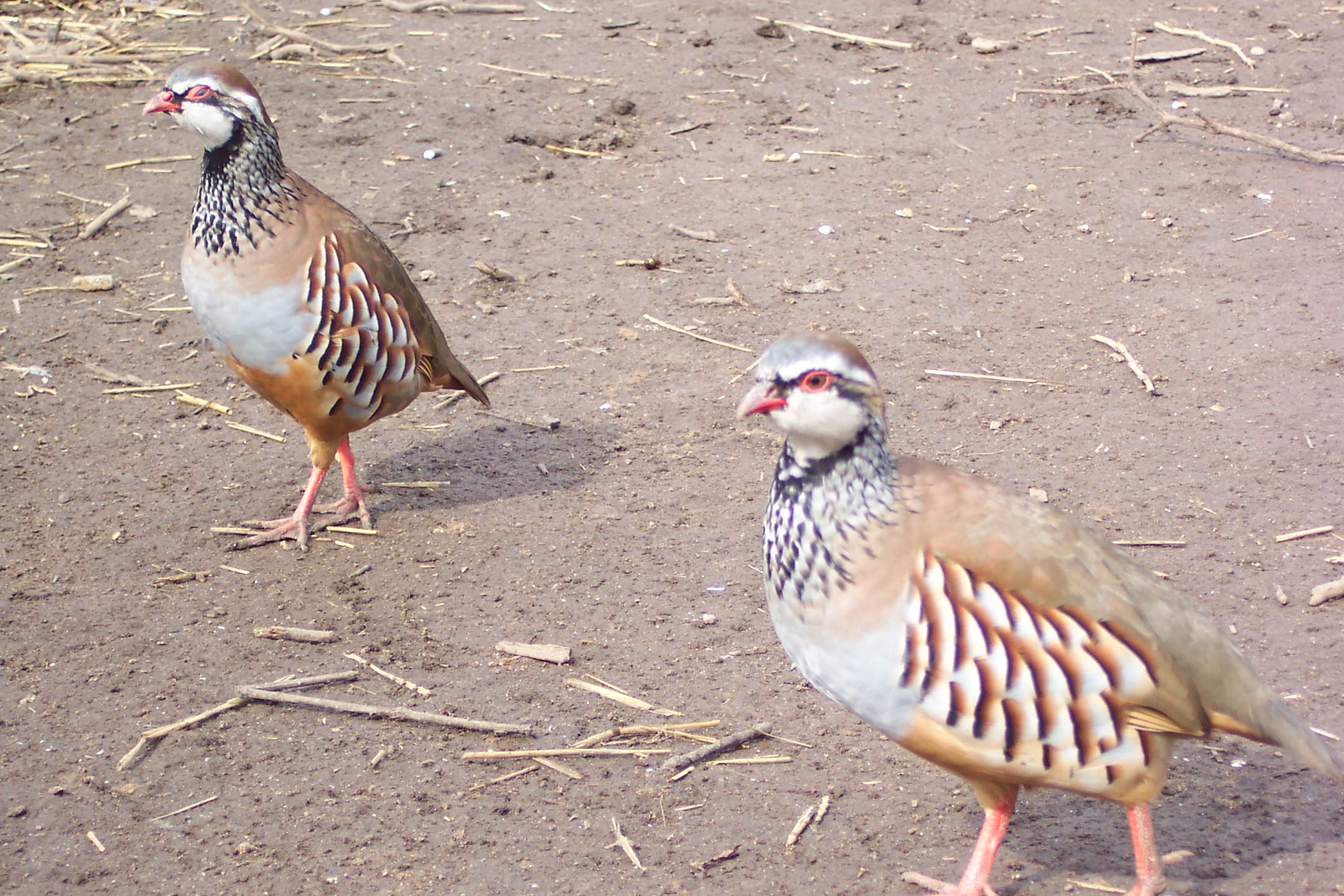
Birds On Top of Birds: Preventing Piling with Partridge Chicks
Read Post
Take Advantage of These Free Resources
As the biggest game bird farm in the United States, we want to share our experience with you. Download our free resources below and get started.


